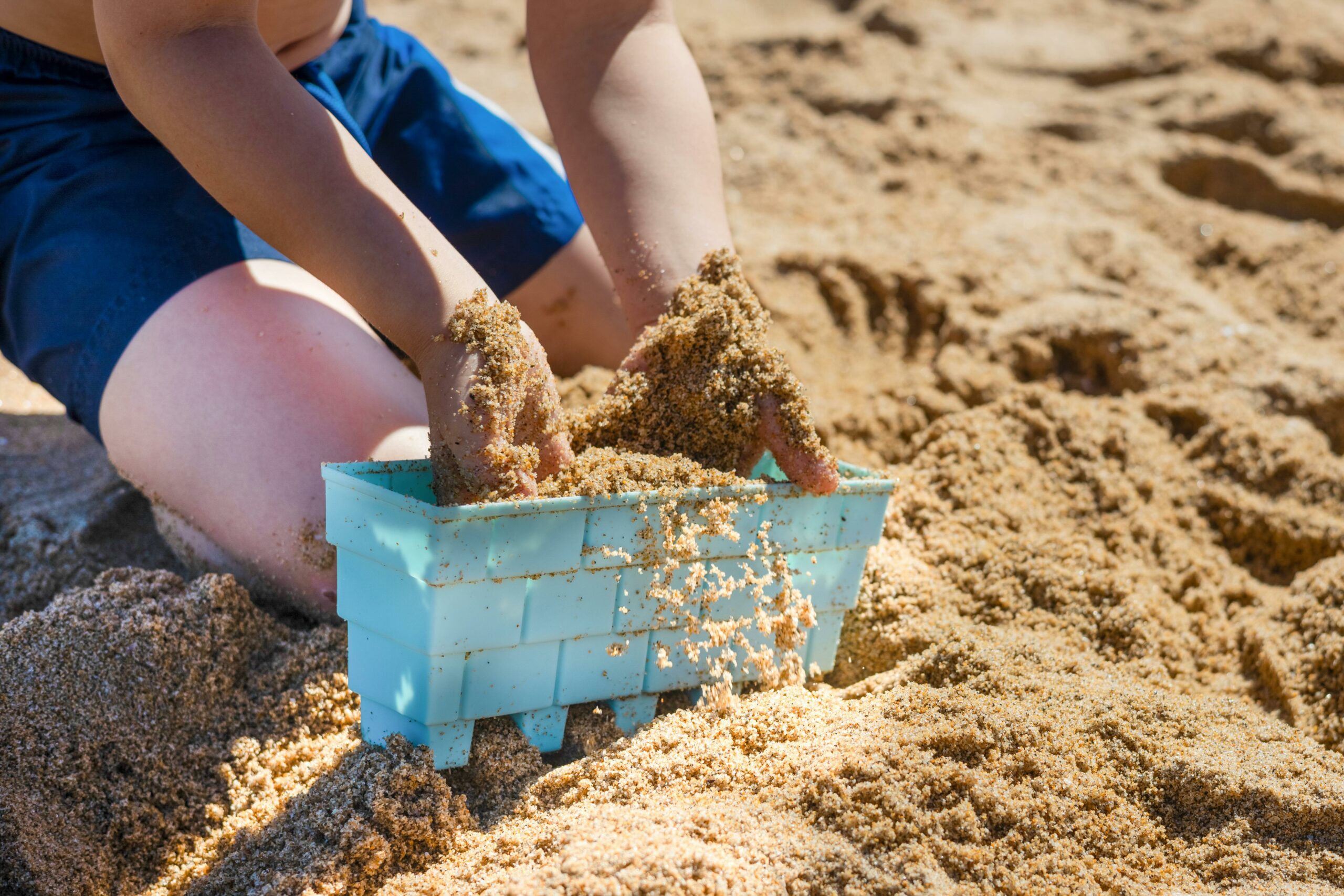
Sensory Play: Nurturing Young Minds
Sensory play, an engaging activity that stimulates all five senses, is a cornerstone of child development. Beyond sheer fun, it offers a multitude of benefits that shape a child’s cognitive, motor, and social abilities. Let’s delve into the world of sensory play and explore how to incorporate it into your child’s daily life.
Understanding Sensory Play
Sensory play encompasses any activity that engages a child’s senses – sight, smell, hearing, touch, and taste. It’s a natural inclination for young minds to explore the world through these channels. From the moment they’re born, babies are curious about textures, sounds, and tastes. Sensory play simply provides a structured approach to nurture this innate curiosity.
The Benefits of Sensory Play
The advantages of sensory play are far-reaching:
Cognitive Development: By exploring different textures, sounds, and smells, children develop problem-solving skills, critical thinking, and memory.
Motor Skill Enhancement: Activities like pouring, scooping, and manipulating objects refine fine motor skills, essential for handwriting and self-care tasks.
Language Development: As children interact with sensory materials, they learn new words to describe their experiences, expanding their vocabulary.
Sensory Processing: For children with sensory processing difficulties, sensory play can be a therapeutic tool, helping them regulate their senses.
Creativity and Imagination: Sensory play sparks imagination, allowing children to create and explore freely.
Social Interaction: Engaging in sensory play with peers can foster cooperation, sharing, and communication.
Incorporating Sensory Play into Daily Life
Sensory play doesn’t require expensive toys or elaborate setups. Here are some simple ways to incorporate it into your child’s routine:
Kitchen Adventures: Cooking and baking are sensory-rich experiences. Let your child help measure ingredients, feel different textures, and explore new tastes.
Nature Exploration: Spending time outdoors offers endless sensory opportunities. Collect leaves, feel grass, listen to bird songs, and smell flowers.
Bath Time Fun: Add bath toys, bubbles, or even food coloring to transform bath time into a sensory experience.
Sensory Bins: Create sensory bins using items like rice, beans, water beads, or sand for tactile exploration.
Art and Crafts: Painting, drawing, and crafting engage multiple senses, including sight, touch, and smell.
Remember, sensory play should be a fun and engaging experience. Observe your child’s interests and adapt activities accordingly. With a little creativity, you can transform everyday moments into opportunities for learning and growth.
By incorporating sensory play into your child’s life, you’re providing a foundation for lifelong learning and development. So, let your child’s senses guide their exploration of the world around them!

